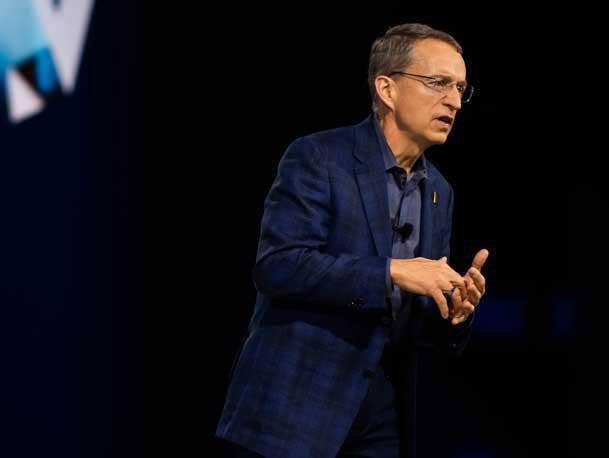Intel IDM 2.0 Part 2: Intel Creates Internal Foundry Model
‘This will allow us to identify and address structural inefficiencies that exist in our current model by driving accountability and costs back to decision-makers in real time. It will also put Intel’s product groups on a similar footing as external Intel Foundry Services customers and vice versa,’ says Intel CEO Pat Gelsinger in a memo to employees.

Intel CEO Pat Gelsinger Tuesday released a memo sent to company employees in which he outlined plans to create an internal foundry model aimed at external customers and at Intel’s own product lines.
Gelsinger also said the company has created an IDM 2.0 Acceleration Office aimed at bringing the internal foundry model to life.
Intel was not available to provide more information by press time.
A foundry model is a way of bringing a foundry, which is a semiconductor fabrication plant, together with an integrated circuit designer. Typically, these two are separate companies.
[Related: Intel Breaks Ground On $20B Chip Facility In Ohio]
The internal foundry model proposed by Gelsinger takes that a step further by laying out how Intel’s foundry business, which is slated to be available to external and Intel semiconductor designer teams, works with Intel design teams.
The move is a follow-on to Intel’s IDM 2.0 strategy. IDM is an acronym for integrated device manufacturing.
Under its IDM 2.0 strategy, Santa Clara, Calif.-based Intel is building new manufacturing fabs, expanding its use of external foundries like Taiwan-based TSMC to make chips, and launching its own foundry services business to manufacture chips designed by other companies like Qualcomm.
As part of Intel’s IDM 2.0 strategy, Intel is investing heavily in U.S.-based semiconductor manufacturing. The company in January said it planned to invest over $20 billion to construct two new leading-edge chip factories in Ohio, in addition to $20 billion it plans to invest in two new fabs in Arizona and $3.5 billion it plans to invest in semiconductor packaging facilities in New Mexico.
The second phase of Intel’s IDM 2.0 strategy means embracing an internal foundry model for the company’s external customer commitments and its own product lines alike, Gelsinger said in the memo.
“The systems and infrastructure that served us well in the IDM 1.0 world will not enable us to achieve the full potential of IDM 2.0,” he said.
Implementing an internal foundry model will require Intel to establish consistent processes, systems and guardrails among business unit, design and manufacturing teams, Gelsinger said.
“This will allow us to identify and address structural inefficiencies that exist in our current model by driving accountability and costs back to decision-makers in real time,” he said. “It will also put Intel’s product groups on a similar footing as external Intel Foundry Services customers and vice versa.”
Gelsinger said the internal foundry model would let Intel’s business unit and design teams look at the potential impact on their margins if they run an additional product stepping, while Intel’s manufacturing team could assess requests based on actual costs and impact on factory output.
“This will give teams the tools and transparency they need to find the most effective and cost-efficient solutions before implementation in silicon, ultimately helping us maximize factory output, reduce costs and shorten design cycles,” he said.
Intel is also creating a foundry accounting model that includes manufacturing, technology development and Intel Foundry Services, Gelsinger said.
“This will give us more transparency into our financial execution and will allow us to fully benchmark and drive ourselves to best-in-class foundry performance,” he said.
The IDM 2.0 Acceleration Office, meanwhile, will be under the watch of Stuart Pann, senior vice president of Intel’s Corporate Planning Group. That organization will be in charge of bringing the new internal foundry model to life, Gelsinger said. Pann will take on the role of chief business transformation officer while continuing to lead the Corporate Planning Group.